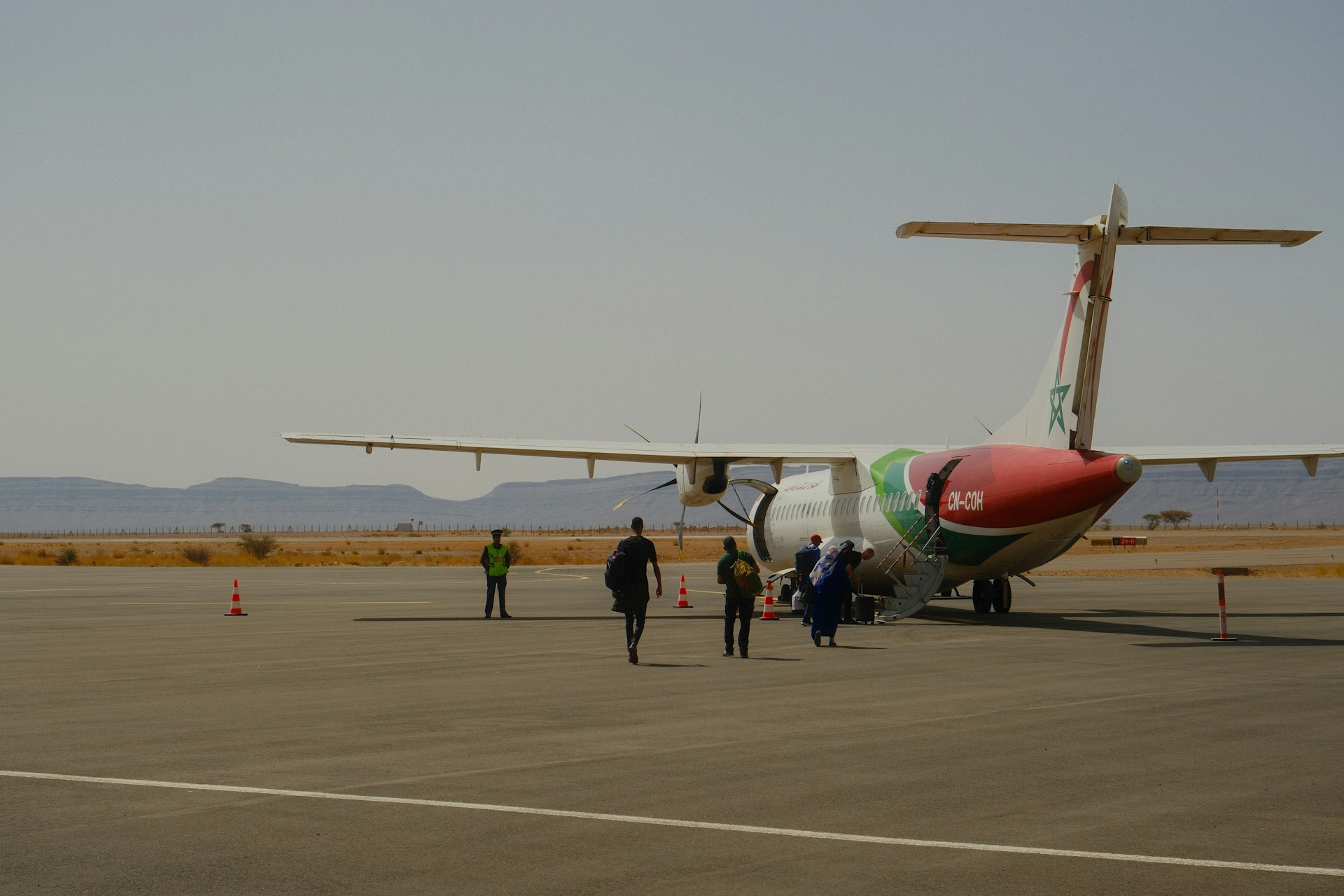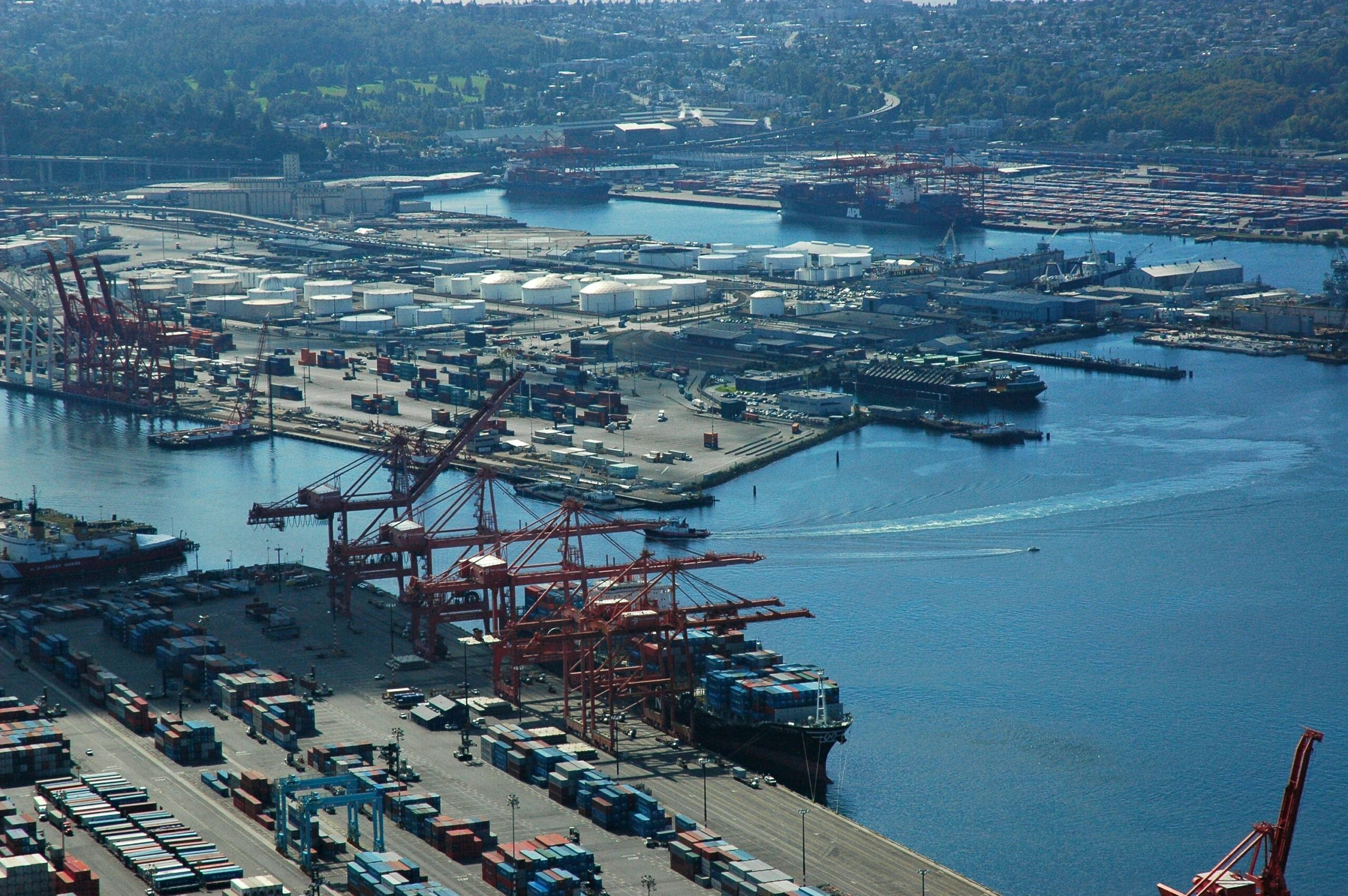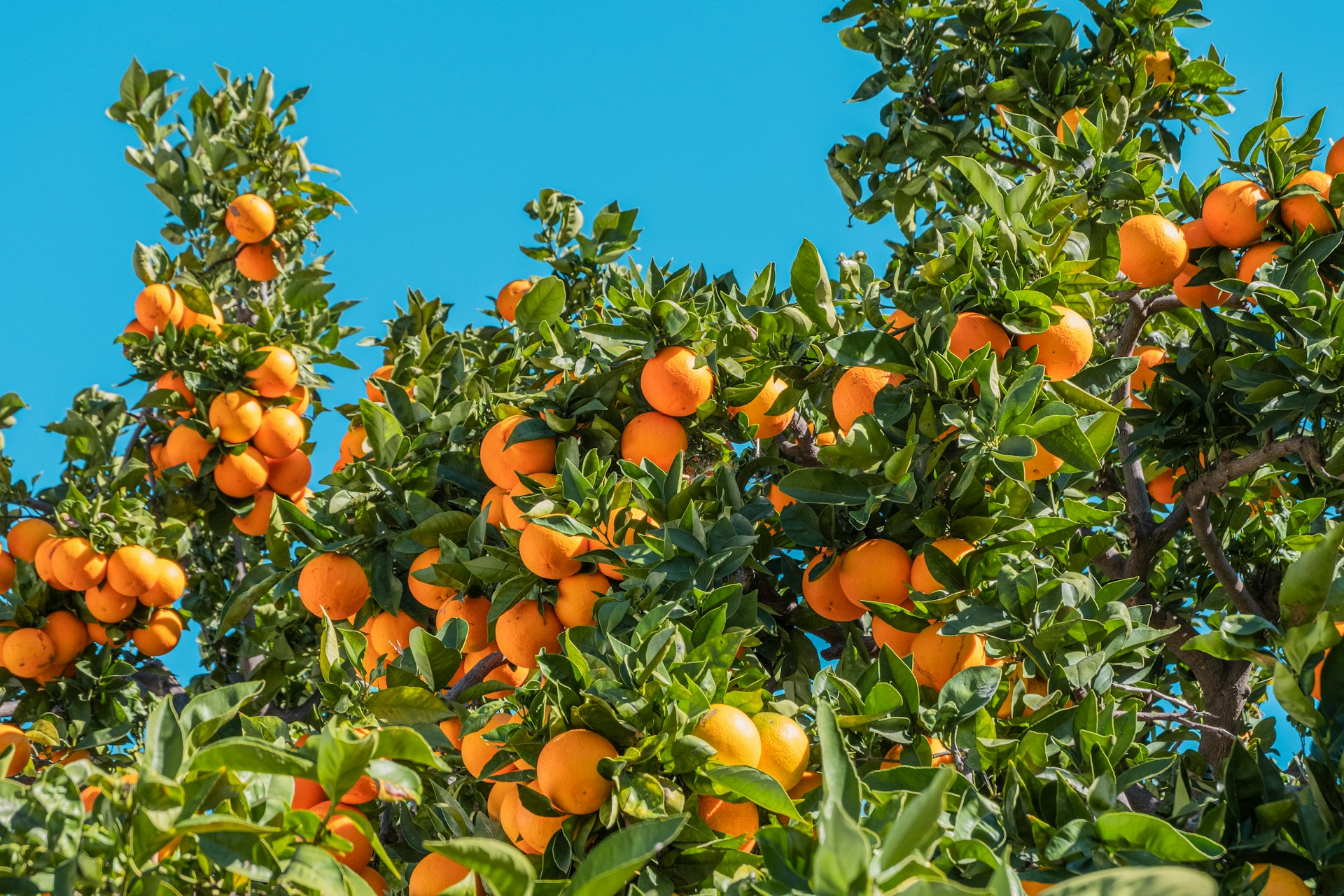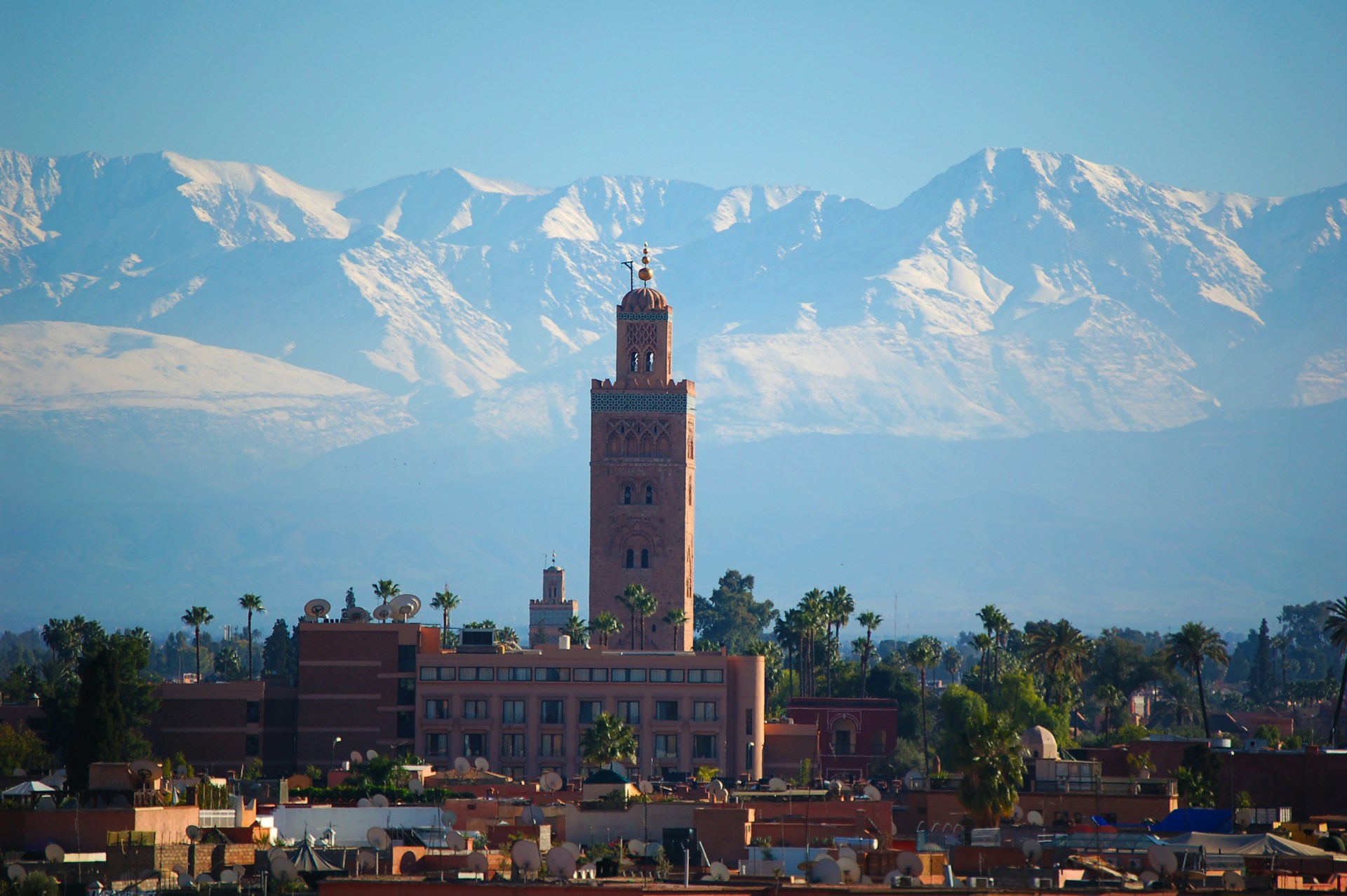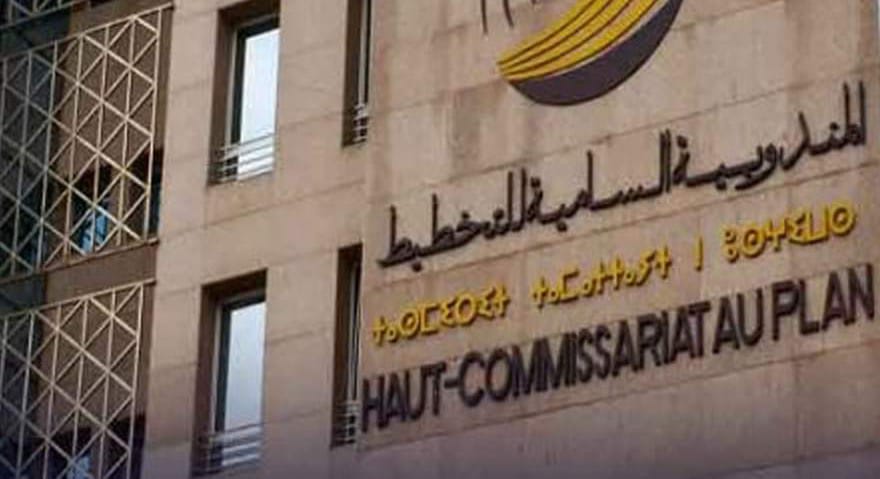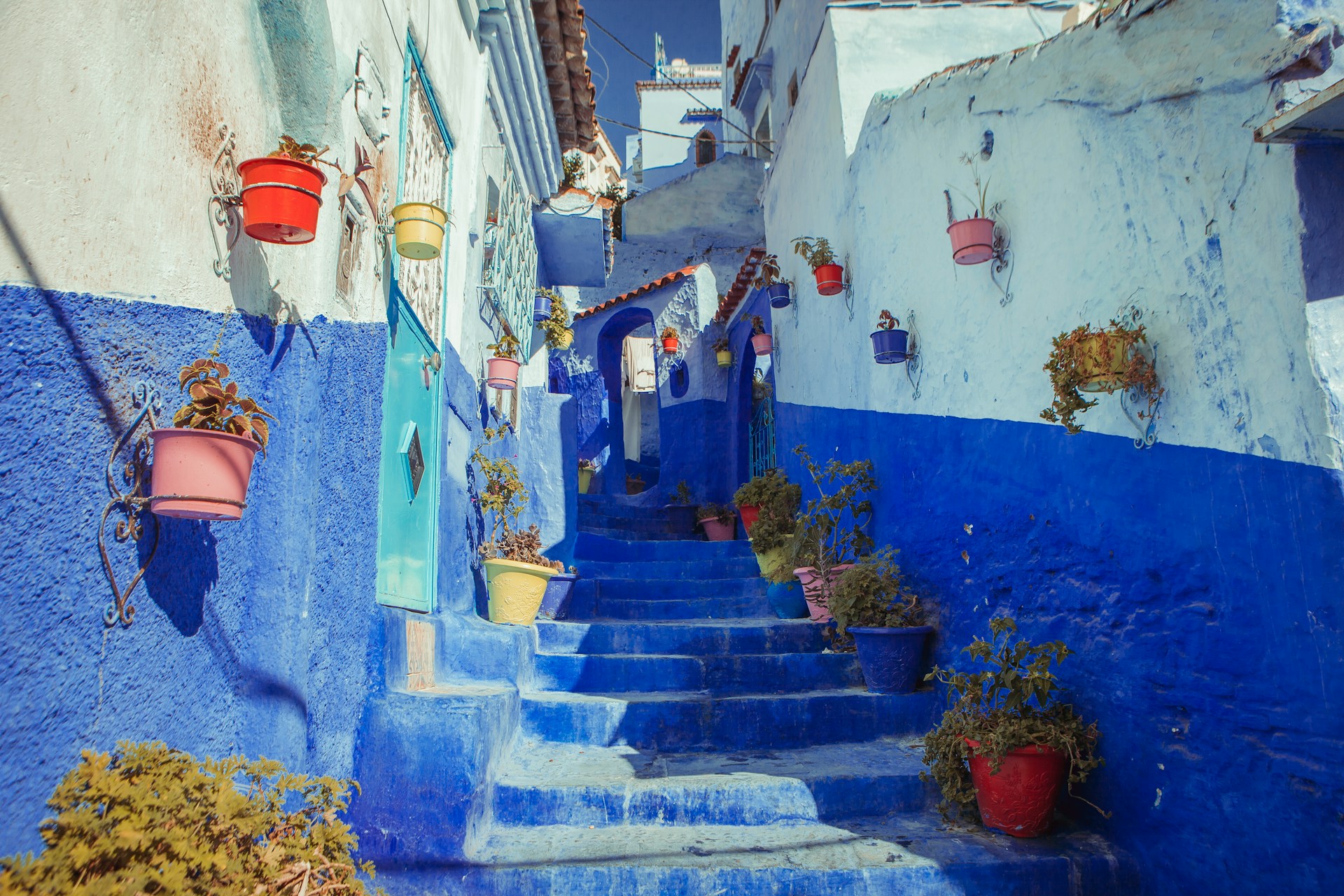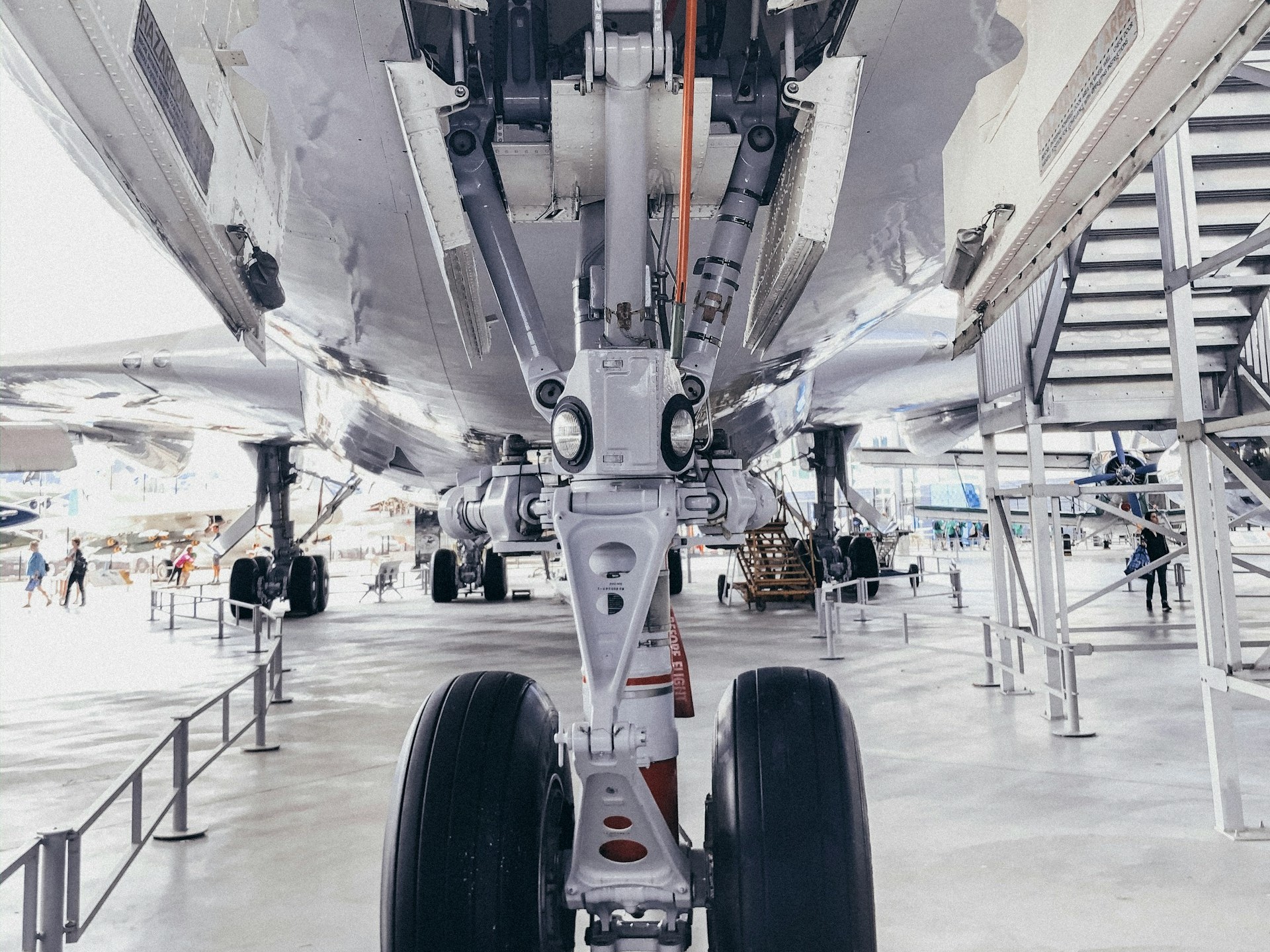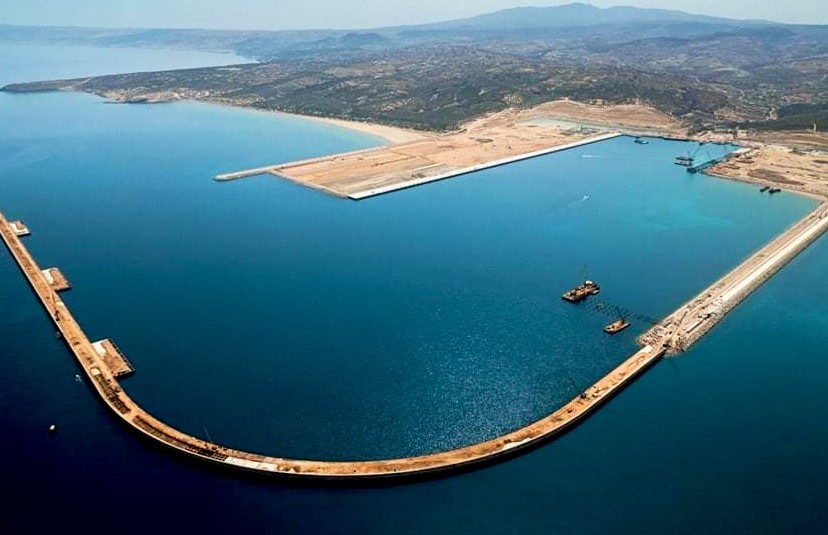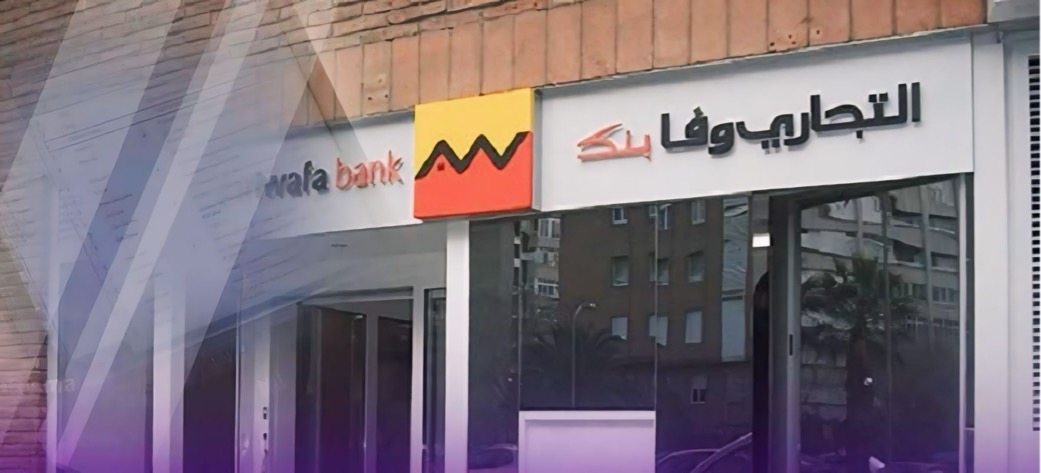Casablanca – Morocco is increasingly turning to Russia as a strategic supplier of agricultural products, with trade volumes in animal feed and grain seeing a significant surge in 2025. This growing partnership reflects both shifting global trade dynamics and Morocco’s own efforts to ensure food security amid ongoing climatic and economic challenges.
According to recent data from Russia’s Federal Service for Veterinary and Phytosanitary Surveillance (Rosselkhoznadzor), Morocco became the top importer of Russian-produced animal feed during the first five months of the year. Between January 1 and May 27, over 103,000 tons of feed were exported to 11 countries, with Morocco at the forefront, ahead of the Czech Republic and Estonia. This marks a dramatic 14-fold increase compared to the same period last year.
All shipments were subjected to rigorous health and safety checks in certified laboratories, with 282 veterinary certificates issued to authorize exports and ensure compliance with the importing countries’ sanitary regulations.
The increase in feed imports is part of a broader trend. Morocco has also stepped up purchases of Russian grains, particularly sunflower meal and wheat. Since the start of 2025, more than 5,000 tons of sunflower meal were imported from the Russian region of Bashkortostan, including over 3,000 tons in March alone.
A combination of factors is driving Morocco’s pivot toward Russian agricultural imports:
- Prolonged drought conditions have impacted Morocco’s domestic agricultural output, especially grain production, pushing the country to source more from international suppliers.
- Competitive pricing of Russian agricultural goods offers an attractive alternative amid inflationary pressures and rising global food prices.
- High product quality and Russia’s improved export infrastructure — including compliance with international health and safety standards — have increased the reliability of Russian supplies.
- Diversification of suppliers is part of Morocco’s broader strategy to reduce dependence on traditional markets and mitigate geopolitical and market risks.
Dmitry Sergeyev, Chairman of the Russian Union of Grain Exporters and Producers, confirmed Morocco’s growing importance, describing it as one of the most promising new markets for Russian grain. He noted that Russia’s wheat is now exported to approximately 40 African countries, accounting for nearly one-third of the continent’s wheat imports.
Africa collectively imports about 60 million tons of wheat annually, making it a critical market for Russia’s agricultural expansion. In Morocco’s case, demand is likely to remain strong due to structural factors, including a growing population, urbanization, and rising food consumption.
Russia’s grain exports rose from 15 million tons between 2018 and 2021 to 20 million tons in the 2023/2024 season, with expectations to reach 53 million tons by the end of the current season. Despite a projected dip in exports to some traditional partners such as Turkey and Iran, Russia has managed to maintain global leadership in wheat exports and is actively expanding into new markets like North and Sub-Saharan Africa.
Official figures also indicate that Morocco imported more than 124,000 tons of Russian wheat in the first three months of 2025, ranking it second among importers of Russian wheat during that period.
Trade experts anticipate further growth in the Morocco-Russia agricultural corridor in the coming years. Future cooperation may expand into areas such as storage infrastructure, logistics optimization, and bilateral agreements to streamline trade flows and reinforce food supply chains.
In a context of global supply disruptions and climate-related uncertainties, Morocco’s growing reliance on Russian agricultural products reflects a pragmatic approach to food security — one that combines cost efficiency, market reliability, and strategic diversification.
